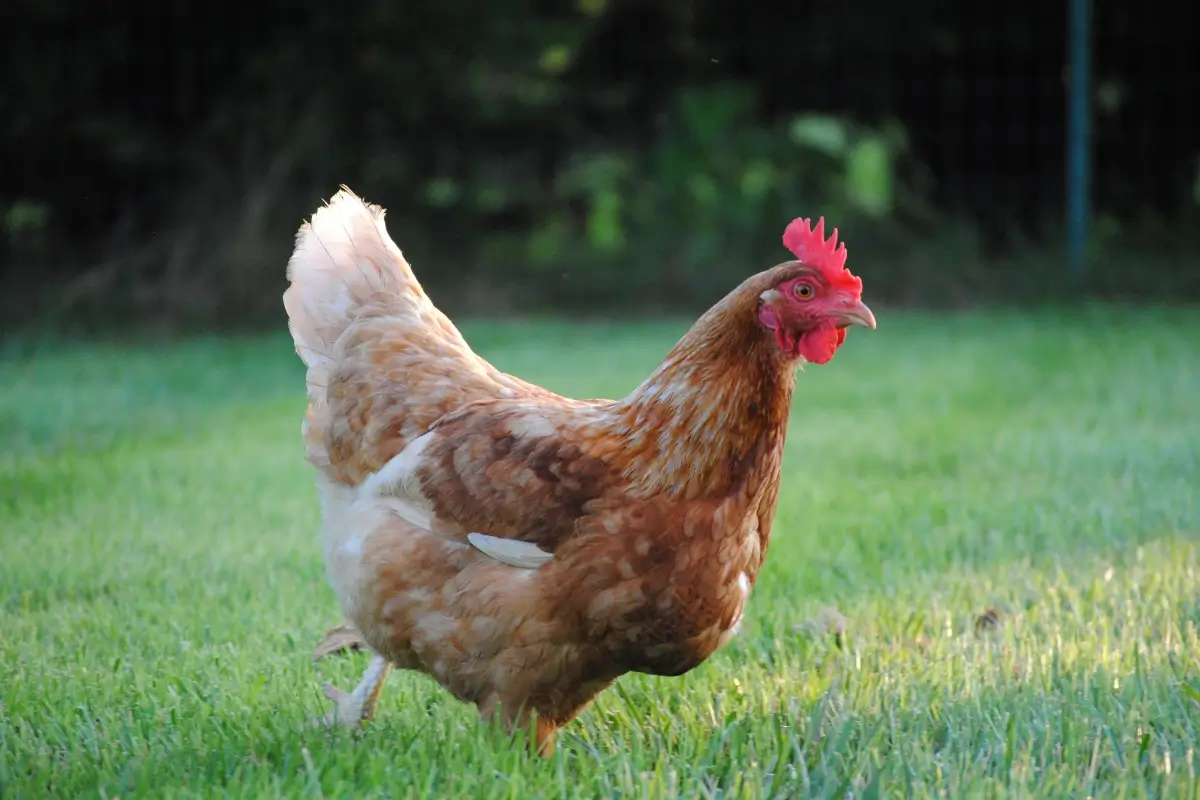Living off-grid involves stepping away from conventional systems in favor of simplicity, resilience, and a closer relationship with the environment. For many, keeping chickens plays a key role in this lifestyle—offering fresh eggs, natural pest control, and rich compost for gardens. Chickens are adaptable and relatively low-maintenance, making them a practical choice for those looking to build a more self-reliant way of life.
Getting started may seem intimidating, but there are straightforward systems that make it manageable. Well-designed feeding setups, water solutions that require no power, and thoughtful coop construction all reduce daily workload. Understanding basic flock behavior adds another layer of ease. With the right approach, raising chickens becomes a sustainable and surprisingly simple part of off-grid living.
Feed and Water Systems That Work Without Electricity
Gravity chicken feeders and waterers offer a dependable way to keep chickens fed without relying on power. These systems let birds eat as needed and help reduce waste by keeping feed contained. They function reliably in both summer heat and winter cold, making them well-suited to off-grid conditions. Using reliable feeders simplifies the process even further, reducing the time and effort required for daily care.
For water, UV-resistant containers with sealed lids protect against debris and curious animals. Choosing larger sizes reduces the number of daily refills. Combined, these setups give chickens steady access to clean food and water while keeping daily maintenance light and consistent.
Coop Design That Regulates Itself
A smartly designed coop helps keep chickens comfortable and healthy. One key feature is passive ventilation, achieved by placing vents higher than the chickens’ sleeping area. That arrangement helps remove ammonia gas from droppings and keeps fresh air circulating. South-facing windows allow sunlight to enter, which is especially helpful in winter by warming the coop and reducing moisture.
Sealed water barrels help by storing heat during the day and releasing it at night, keeping temperatures steady. A coop also needs solid protection from predators. Using strong hardware cloth on windows and low spots keeps animals out while letting air in. With this setup, the flock stays safe and comfy—no need for electric fences.
Lighting Strategies That Keep Egg Production Steady
Sunlight directly influences how often hens lay eggs. Nesting boxes placed to catch the morning sun help hens stay calm and maintain a steady rhythm, which encourages more consistent egg-laying. It also makes mornings smoother for both the chickens and their keepers.
In winter, adding translucent panels to the roof brings more light into the coop. This brightens up the space and can lift the mood of the flock. It also helps them lay eggs more regularly. Lining up your daily routine with the sun’s cycle keeps the chickens less stressed and healthier overall. Choosing where to place nesting areas based on where the sun hits during different times of the year can make a real difference in egg output.
Waste Management Without Power or Plumbing
Handling chicken waste the right way is important, especially off-grid. One useful method is the deep litter system, which involves leaving droppings and bedding material in the coop to break down naturally over time. The gradual decomposition generates heat during colder months, and the final result is compost that enriches garden soil.
Setting up sloped channels or shallow trenches to guide water runoff away from the coop keeps the area cleaner and prevents puddles. Rotating compost spots nearby make it easier to collect and reuse waste effectively. Together, such methods help maintain a healthier environment and support self-sustaining gardening.
Flock Behavior That Reduces Your Workload
A calm, predictable flock is much easier to manage. Feeding chickens at sunset helps establish a routine that draws them back to the coop without extra effort. That habit removes the need for electric doors or timers. Choosing breeds suited to local climate conditions also reduces complications in daily care.
Observing behavior closely can reveal early signs of stress or disruption, helping prevent bigger problems. Spending time near the birds builds trust and keeps the group settled. Aligning feeding schedules with natural instincts allows chicken keeping to feel less like a chore and more like part of the daily rhythm.
Chickens contribute far more than eggs to an off-grid lifestyle. With simple tools like gravity-fed feeders, passive ventilation, and sunlight-based habits, they fit naturally into a low-tech, self-sufficient setup. Waste becomes compost, daily tasks shrink, and your connection to the land deepens.
Observing flock behavior helps spot problems early and keeps care simple. Starting small allows space to learn and adapt without feeling overwhelmed. Over time, the rhythm becomes second nature. Raising chickens off the grid isn’t just manageable—it adds rhythm, purpose, and reward to daily life, making it a foundational piece of sustainable living.

